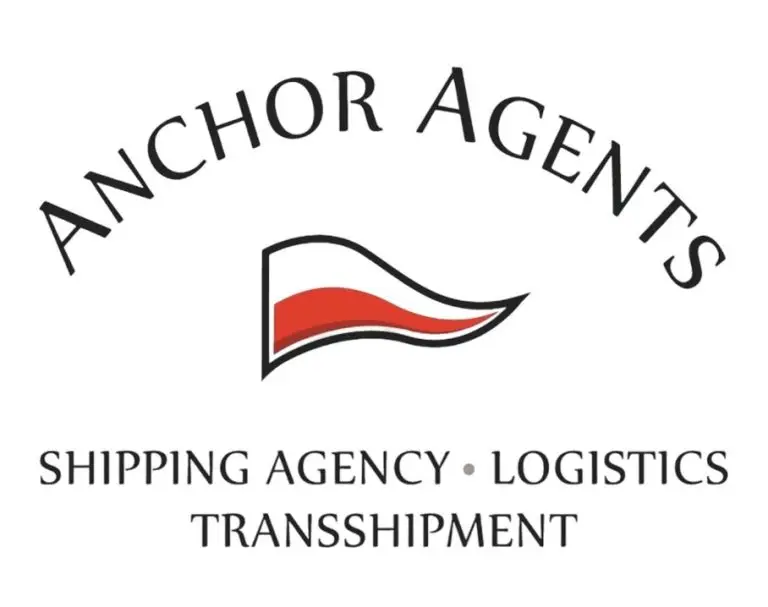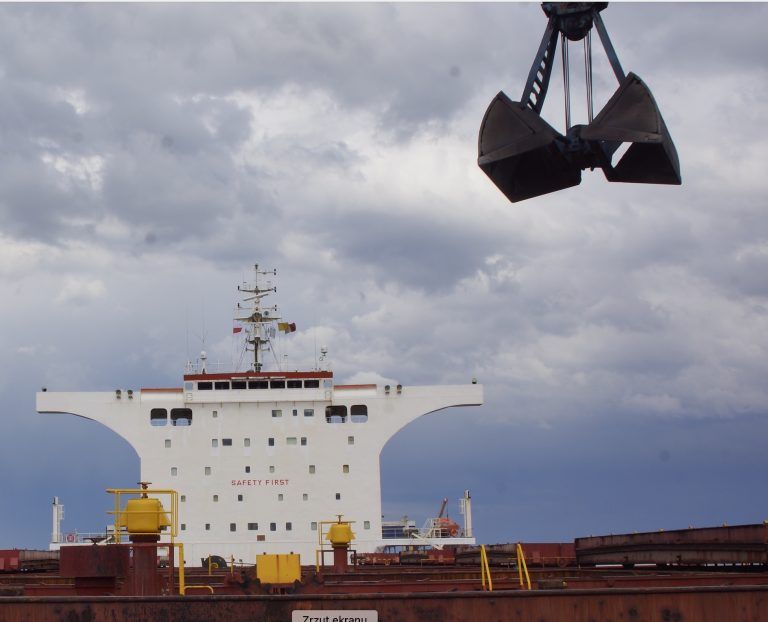
What happens if bulk cargo is not listed in the IMSBC Code?

Let’s start with a general definition. Dry bulk cargo refers to several raw materials sharing similar characteristics, usually in solid form, consisting of particles, granules, or large pieces. It is transported in significant quantities, and its weight is measured in deadweight tonnage (DWT). The cargo is loaded and moved in loose form, without packaging. These are unprocessed commodities intended for use in manufacturing or production.
When bulk cargoes are not loaded properly, they can shift, liquefy, ignite, or detonate. This can have disastrous consequences, such as vessel capsizing, losing stability, or sustaining severe structural damage. These incidents can lead to fatalities, injuries, insurance claims, operational disruptions, and significant expenses. Unfortunately, some people still assume that dry bulk cargoes are less hazardous and require less expertise than liquid bulk or container shipments. But this is not true, as evidenced by the fact that about 24% of major P&I claims originate from bulk carriers, 40% of which are related to cargo (2013 data).
Accidents involving bulk carriers continue to occur for a variety of reasons, including:
- the use of product trade names instead of the correct shipping name as per the International Maritime Solid Bulk Cargoes (IMSBC) Code,
- misdeclaration of hazardous cargo as Group C (i.e., with no risk of liquefaction or chemical hazard),
- poor adherence to testing and certification mandates,
- inaccurate and unreliable data,
- incorrect documentation for cargoes not listed in the IMSBC Code,
- crew lacks awareness of cargo, the Code, or even the existence of the IMSBC Code itself.
As we can see above, nonconformance with the IMSBC Code is the center of most issues.
So what, in fact, is the IMSBC Code?
The Code is the International Maritime Organization (IMO) standard for the safe carriage of bulk cargoes, primarily transported on bulk carriers. It is mandatory under SOLAS Chapter VI
The purpose of the Code is to minimize the risks associated with transporting solid bulk cargoes aboard ships. It provides guidance on the dangers posed by different cargoes and outlines procedures for their safe loading and unloading.
These cargoes are classified into three groups: A, B, and C.
- Group A deals with cargoes that are prone to liquefaction,
- Group B includes cargoes with chemical hazards,
- Group C encompasses generally hazardous cargoes that do not fall into either Groups A or B.
- Additionally, the Code mandates shippers to complete a cargo declaration form.
The IMSBC Code is amended every two years. The 07-23 amendments, which became mandatory on 1 January 2025, updated the Code in June 2023.
But what happens if the cargo to be loaded does not match any of the codes currently being published?
In such a situation, the competent authority of the loading port should provide the master a certificate stating the characteristics of the cargo and the required conditions for carriage and handling of that shipment.
The competent authority of the port of loading should also submit an application to the Organization (IMO) to incorporate this solid bulk cargo into Appendix 1 of the IMSBC Code.
The format of this application should be as outlined in 1.3.3 of the IMSBC Code.
These guidelines outline the type and structure of information required in the application.
The IMSBC Code is accompanied by the Code of Practice for the safe Loading and Unloading of Bulk Carriers (BLU Code). The BLU Code includes a guidebook outlining the safe procedures for loading and unloading bulk cargoes, primarily intended for terminal personnel.
It is worth noting that the IMSBC Code does not cover the carriage of grain in bulk. The specific requirements for the transport of grain are covered by the International Code for the Safe Carriage of Grain in Bulk (InternationalGrain Code, 1991)
In a rapidly changing economic landscape, new bulk cargoes with unique characteristics are constantly emerging. Therefore, it is imperative to assess specific cargo features for safety reasons.
Source: IMO web page, Marine Regulation News, Nautical Institute, Wikipedia
ADDRESS & BUSINESS REGISTRATION
-
Anchor Agents & Shipbrokers Sp z o.o.
Aleja Zwycięstwa 241/13
81-521 Gdynia
Polska - KRS 0000187325; NIP 5881007972
